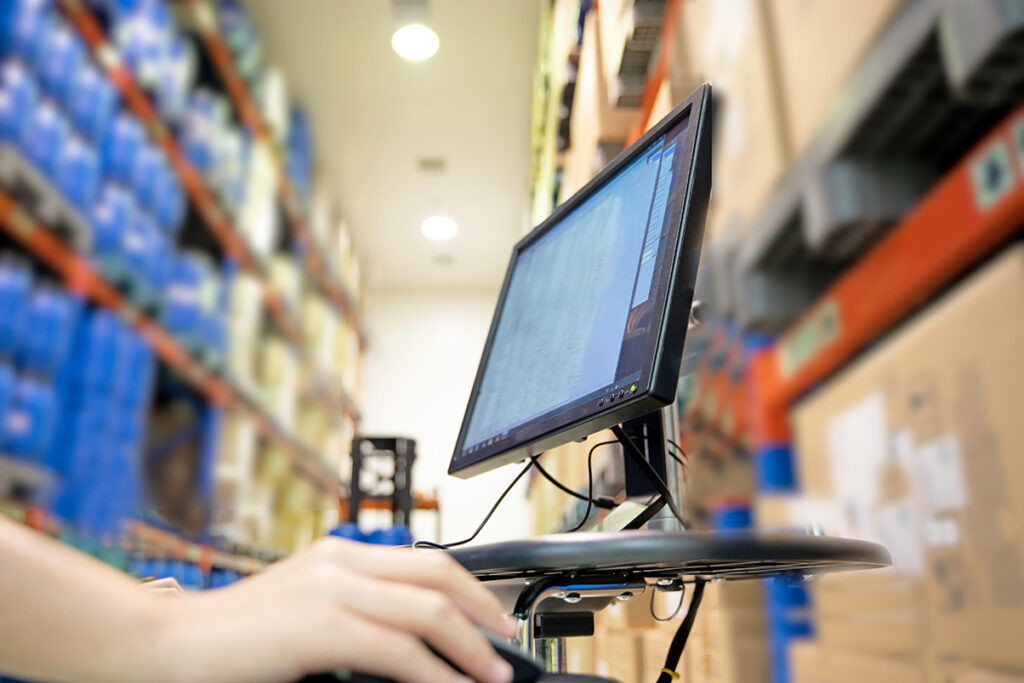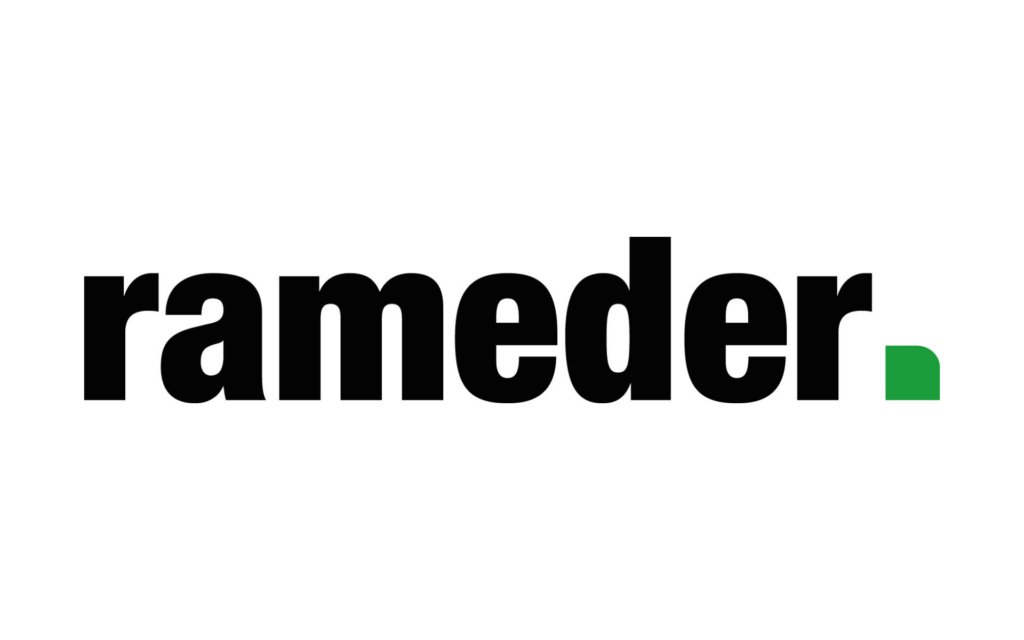I have worked in various roles in internal logistics since the 1990s, especially focusing on outsourcing since 2005. In between, I delved into the core of logistics digitalization, and now I have returned to the familiar field. What has changed in logistics during those six years? How have internal logistics, storage services, and the requirements placed on them developed in recent years, especially from the perspective of customers and end customers? Is it still about pallets in and pallets out? Is the lowest possible daily rent for shelf space and efficient forklift drivers still at the core of the service?
The basic principles have not changed, but the needs have
“Everyday life follows the same pattern, pallets move in and out, nothing ever changes.” But let’s pause for a moment and take a closer look. Changes can be slow or imperceptible, and one may not necessarily think about them and the development that comes with them.
I have noticed that the basic principles have not changed, but that is no longer enough. Logistics has entered a new era. Efficient processes are the foundation on which to build a reliable service that meets the needs of customers. Efficiency is not just about the speed of forklifts but comprehensive planning and customer orientation. Logistics is not just a mechanism for moving pallets; it is a service that either strengthens or breaks the customer experience.
Technological solutions and systems at the core of logistics outsourcing
Today, the core of logistics outsourcing is technologies and systems, not so much about distancing from human labor. Of course, the goal is still to reduce logistics costs, which means efficiency and quality, but companies expect more expertise from their partners than before. Fast hands and feet are no longer in a decisive position. We have moved towards a logistics that values humanity, where technology and accurate information ensure efficiency.
As we at HUB like to say – efficiency is created at the reception. After reception, efficiency arises not only from well-designed processes but also from utilizing technology. A good example of this is the picking automation we introduced as the first 3PL operator in Finland. With it, we have been able to build the fastest e-commerce logistics in Finland. This has also attracted interest from foreign companies looking for a logistics partner in the Finnish market.
Customer needs above all
Competition is tough, and those who can meet the needs of end customers win. Product availability, accuracy of information, low costs, error-free delivery, and delivery speed determine the success of, for example, online commerce.
This is why I returned to logistics and especially to HUB – a place where it is understood that modern logistics is more than just moving goods.
I have heard that in the industry, systems and technology may not be well understood. This is what changed in six years. Customers competence has evolved and they demand more than just the lowest possible pallet space rent and the lowest possible performance price.
Our customers know that logistics is no longer a mysterious mechanism. A logistics partner must understand the role of technology and systems. We can offer more than just pallet space rent and performance price. We at HUB are here to build the new era of logistics, where customer orientation and technological expertise are crucial.

Ari Laurila,
A logistics expert, who finds inspiration in interpersonal encounters and is genuinely interested in meeting the needs of customers.
Read about our logistics services!



